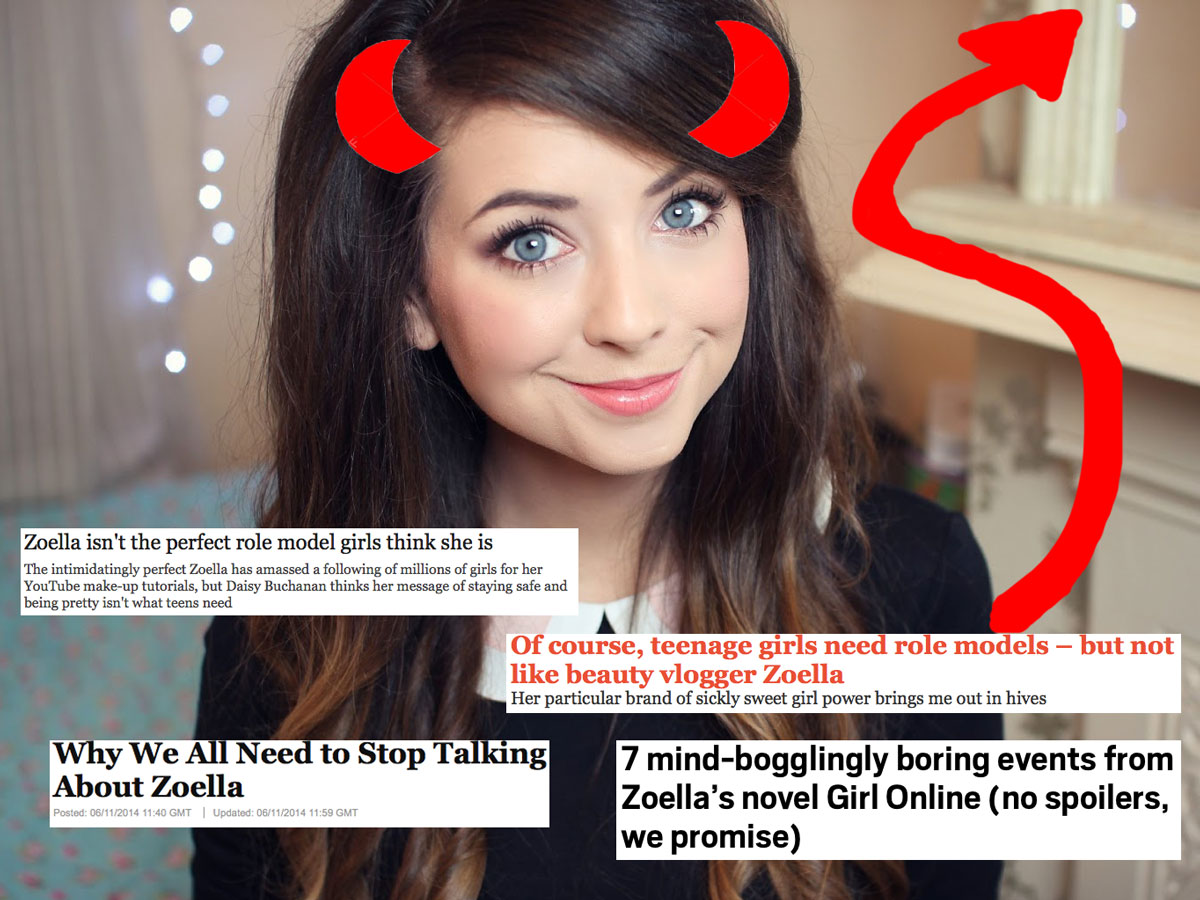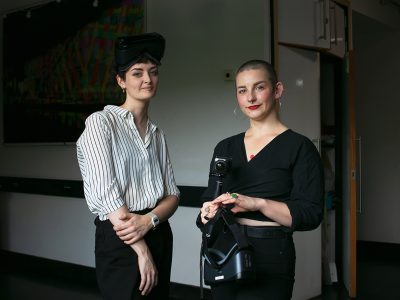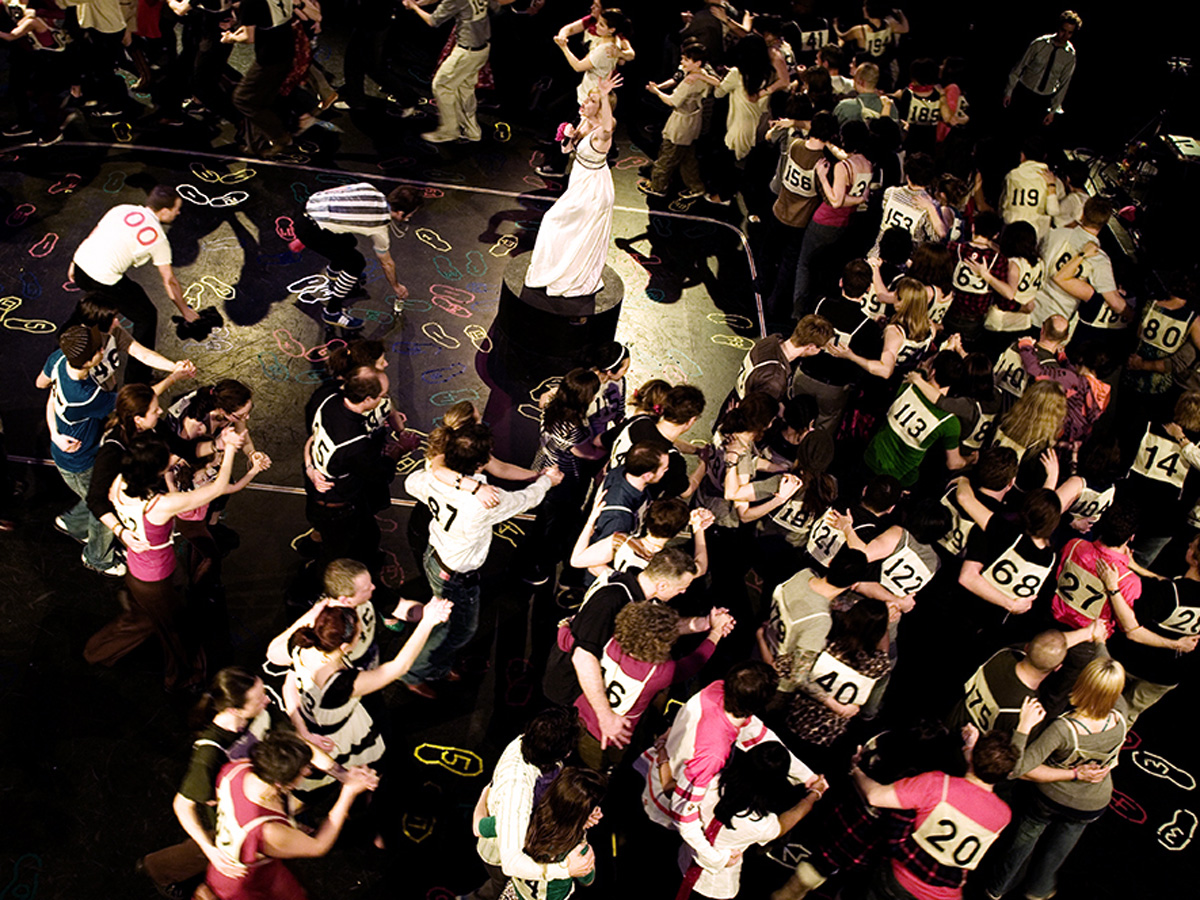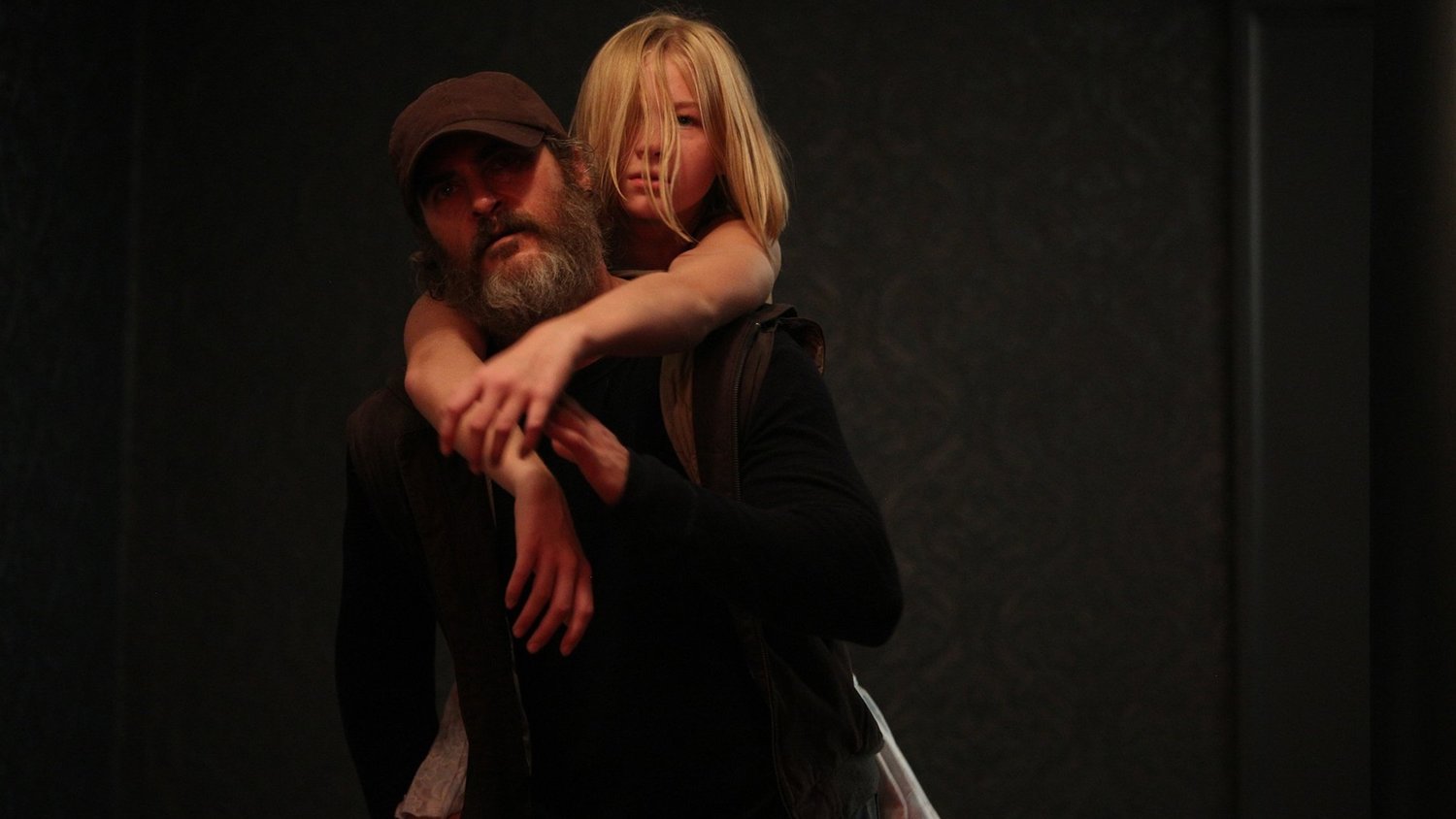Representation onscreen and in the director’s chair
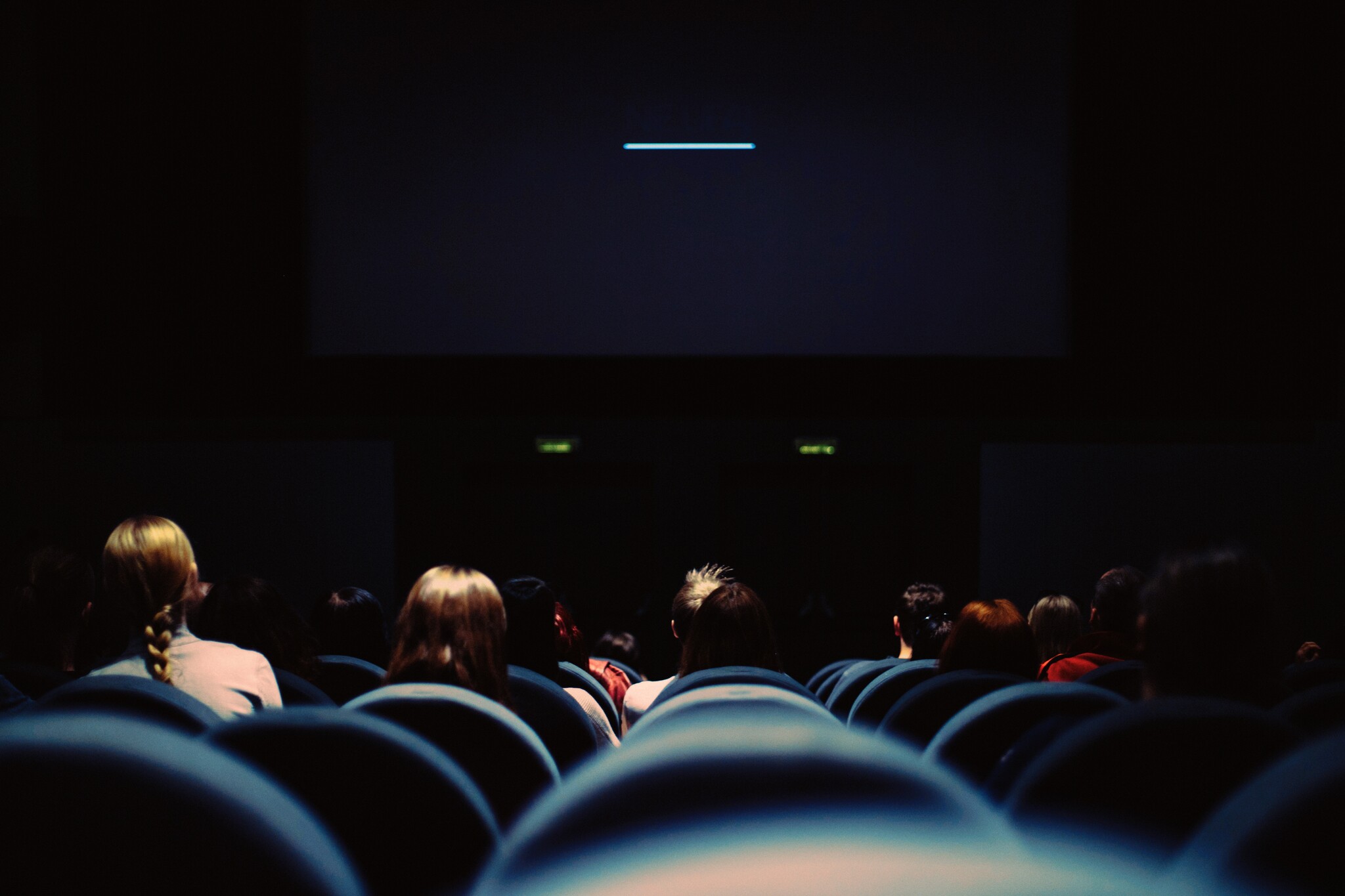
Samantha asks why female directors are so few and far between – and what we can do about it
The BAFTAs came and went in 2018 with no women nominated for Best Director, and in a memorable speech, Natalie Portman introduced the all-male nominees for the same category at the Golden Globes. With a report by the Centre for the Study of Women in Television and On-Screen revealing that women made up as little as 7% of film directors on top-grossing films in 2016, it stands to reason that the lack of representation at awards ceremonies reflects of the lack of diversity in the film industry.This has hardly changed in the past twenty years. 18 percent of directors, writers, producers, editors and cinematographers were female in 2018, and twenty years ago, this stood at 17 percent – a very small change.
…women made up as little as 7% of film directors on top-grossing films in 2016
The most successful film directed by a woman in 2017 was Patty Jenkins’ Wonder Woman, the highest grossing superhero origin film in history. Kathryn Bigelow too, is the only woman to ever win the Academy Award in the Best Director category for Detroit. Most female directors – 84 percent – only ever finish one film. This makes Patty Jenkins and Kathryn Bigelow’s achievements remarkable, also draws attention to all the other female filmmakers who have never gone on to make a second film.
You can’t talk about women being underrepresented in the film industry without talking about other minorities who have been historically marginalised, too. According to UCLA’s latest Global Diversity Report, sixty-eight percent of all female characters in the top 100 films of 2017 were white. The #OscarsSoWhitemovement was another cause of outrage at the 88th Academy Awards where no people of colour were nominated. This is an example of how representation is a complex issue that requires an intersectional approach.
It is crucial to be aware of the problematic nature of associating a popular movement with the success of movies by and about black people. Although the year following the #OscarsSoWhite controversy saw six black actors nominated across the different categories at the 89thAcademy Awards (with director Barry Jenkins winning an Academy Award for Moonlight), these films won, not because of the backlash of #OscarsSoWhite, but because they deserved to.
…diverse films perform better in the box office on a global level
The truth, as demonstrated by a 2014 Hollywood Diversity Report by UCLA is that diverse films perform better in the box office on a global level. So why, when films with diverse casts have the highest median global box office and the highest median return on investment, is there still such a lack of representation?
Film theorist Laura Mulvey’s breakthrough essay on the male gaze in cinema drew attention to the male dominance onscreen, stating in her essay ‘Visual Pleasure and Narrative Cinema’ that cinema has an unconscious bias, with the camera taking on the male gaze. Although many years have passed since Mulvey’s 1975 essay, the unconscious bias she refers to has had more time to entrench and has led to the gendering of the film industry.
…film consciously or unconsciously represents the society it depicts
Running in alignment with the current socio-political landscape, film consciously or unconsciously represents the society it depicts. This representation is one that caters to the male gaze, with narrative cinema overwhelmingly working within the parameters of this gaze. The knock-on effect is an industry that is struggling to come to grips with the severity of the problem.
The question that everyone seems to be asking is: how long it will take (if ever) for true diversity and equality to be assimilated into the film industry? What they should be asking, however, is: what can I do about it right now?
Providing more funding and jobs for underrepresented minorities in film may have a direct effect on the problem of unequal representation, but doesn’t get to the root of the issue. Reforms on diversity standards, though a step in the right direction, can’t address the unconscious male bias of the patriarchy. This requires an intersectional cultural shift that sees the multiple perspectives of diverse subjects to be fully assimilated by those that represent culture onscreen.
People want to see themselves represented onscreen by believable and complex characters
Films that actively challenge the confines of narrative cinema, using new visual narrative tools, and avoiding and actively rejecting stereotypes, push towards a more representative cinema that can shape belief systems surrounding minority and under-represented characters and filmmakers. People want to see themselves represented onscreen by believable and complex characters that break the moulds set in place by a deeply ingrained patriarchal system. This is why films such as Barry Jenkins’ Moonlight, Patty Jenkins’ Wonder Woman and Julia Ducournau’s Raw are so great – not because they exist outside of the mainstream, but because they portray complex individuals who are breaking out of the roles set for female, queer, and BAME characters.
Post-Harvey Weinstein, movements like #MeToo and Time’s Up have emerged in response to sexual harassment in the film industry, and there seems to be a general air of optimism for a more inclusive and safer space for women. But while 2018 has seen many positive changes, and the future is looking bright for diversity in film, this is an industry that cannot afford to let itself get comfortable. We shouldn’t forget that it wasn’t just a series of isolated events or a pocketful of individuals embroiled in scandals that resulted in #MeToo, Time’s Up and #OscarsSoWhite, but an unconscious complicity that was deeply rooted in culture and society.
What’s your favourite female-directed film? Let us know on Facebook, Instagram and Twitter

